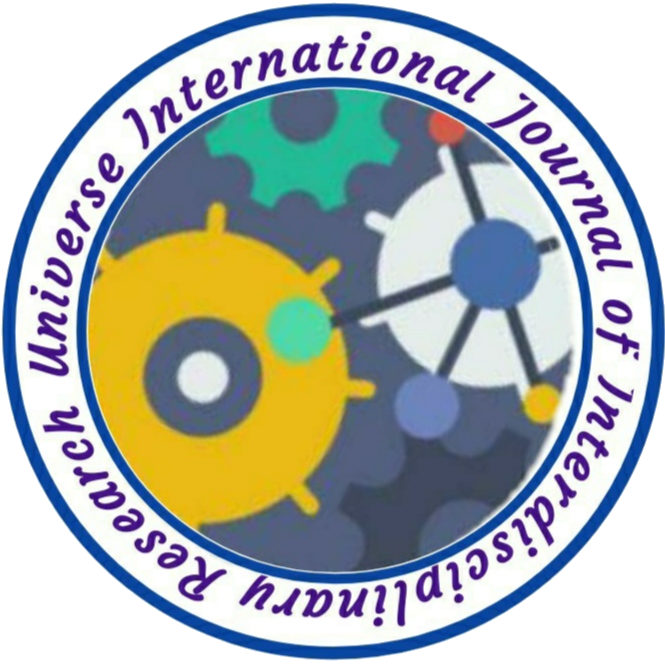TEXT-BASED EMOTION RECOGNITION: A COMPREHENSIVE LITERATURE REVIEW
Author Name: 1. Satwik Gawand, 2. Mafas Raheem
Volume/Issue: 04/07
Country: Malaysia
DOI NO.: 08.2020-25662434 DOI Link: https://doi-ds.org/doilink/12.2023-43875912/UIJIR
Affiliation:
- School of Computing, Asia Pacific University of Technology and Innovation, Kuala Lumpur, Malaysia. tp043003@mail.apu.edu.my
- School of Computing, Asia Pacific University of Technology and Innovation, Kuala Lumpur, Malaysia. raheem@apu.edu.my
ABSTRACT
Affective Computing as a domain has experienced rapid interest and developments with the recent advancements in machine learning and natural language processing. In the age of the internet, availability is abundant for textual data. Several studies have been conducted on emotion recognition through facial expression and speech analysis. However, emotion recognition from text is a relatively arduous task due to the lack of emotion triggers and cues. New techniques introduced in natural language processing and machine learning have made emotion recognition from text more feasible. There are four main approaches for emotion recognition from text — rule-based approach, machine learning-based approach, deep learning-based approach, and a hybrid approach. This study explores several methods and implementations of each approach and summarizes their evaluation and the preferred method.
Key words: Affective Computing; Emotion AI; Emotion Models; Emotion Recognition; Artificial Intelligence

No comment